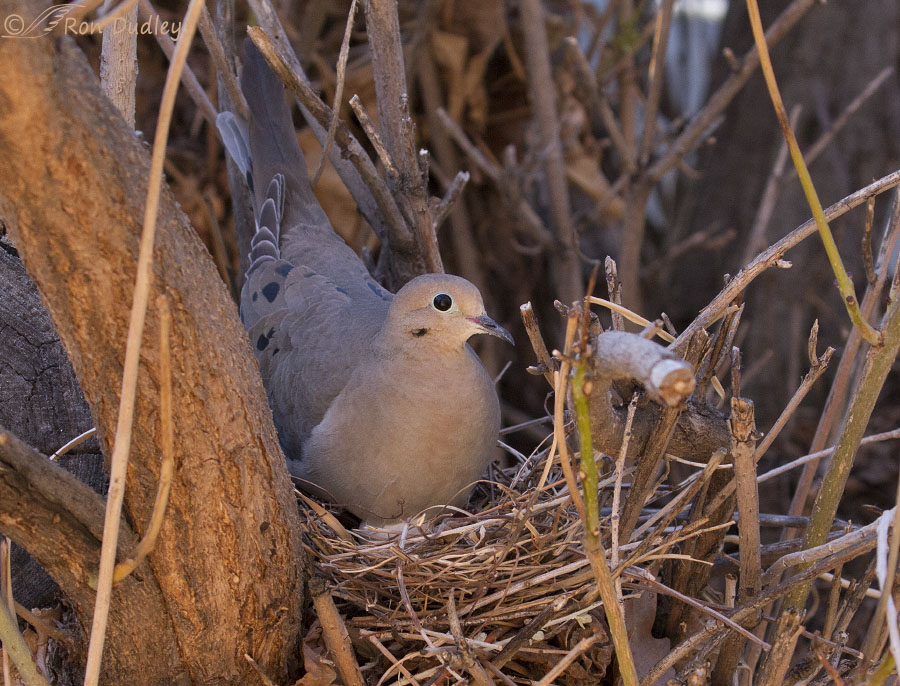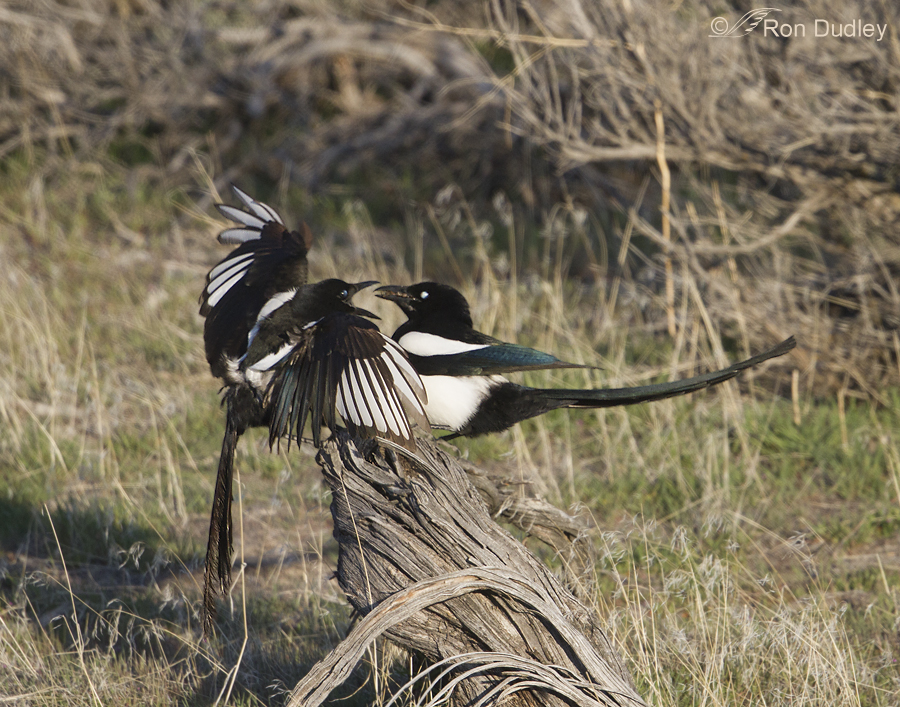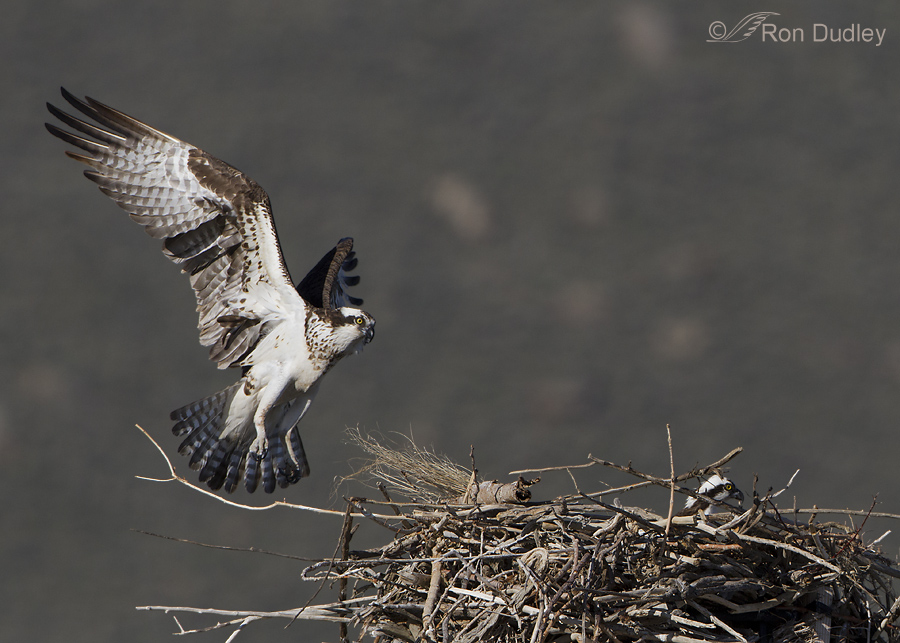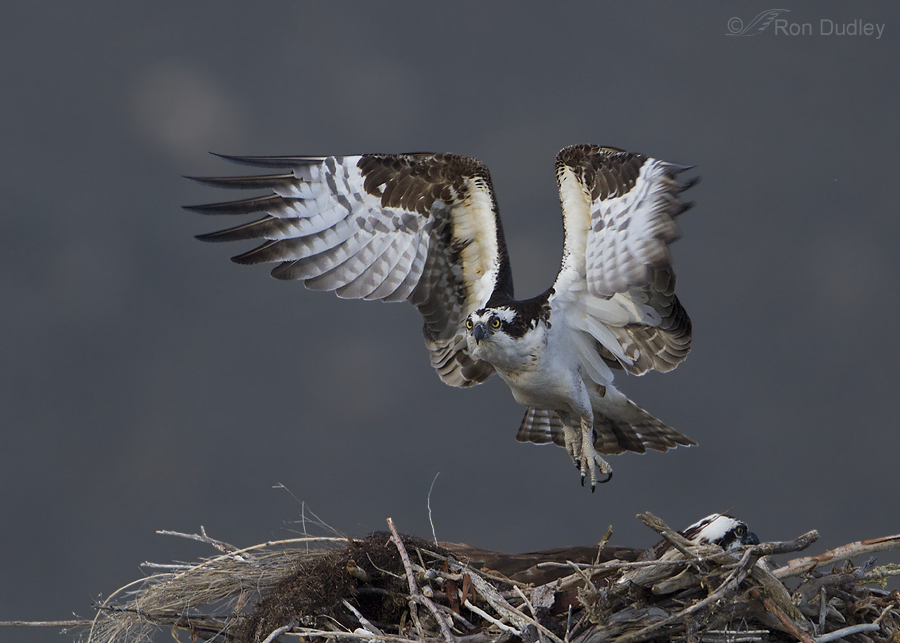Tag: incubation
Adult Female Magpie Begging For Food
Osprey Changing Of The Guard
Male Osprey Landing At Nest
Flaming Gorge Osprey
The Osprey is a species that I’ve only had a handful of opportunities with but last spring I found a cooperative nesting pair at Flaming Gorge. In my mind this is a true miracle species because it has arisen Phoenix-like from the ashes of its own demise. During the 1950s-1970s their populations crashed dramatically, largely due to the effects of DDT and other persistent pesticides in the environment which caused severe eggshell-thinning and poor hatching success. But when those chemicals were banned the Osprey made a miraculous comeback and today their numbers are approaching historical highs. Part of the reason for that success has been the widespread use of artificial nesting sites. In some areas of North America, 90-95% of all nesting pairs choose these artificial sites over natural ones. The nest of this mated pair was on a pole installed for that purpose close to Flaming Gorge Reservoir. 1/1600, f/6.3, ISO 500, 500 f/4, 1.4 tc, natural light, cloned out a piece of nest platform, not baited, set up or called in This is most likely the male of the pair (less conspicuous breast band) bringing a small fish in to the incubating female on the nest platform. 1/2500, f/7.1, ISO 500, 500 f/4, 1.4 tc, natural light, not baited, set up or called in I believe this to be the female coming into the nest. 1/2000, f/7.1, ISO 500, 500 f/4, 1.4 tc, canvas added, natural light, not baited, set up or called in When the male would bring its mate a fish…
Brood Patch In A Female Short-eared Owl
One of the primary functions of feathers is insulation and they’re very good at preventing heat loss. But this efficiency presents a problem – how to keep the egg(s) sufficiently warm during incubation, since feathers act as a barrier to heat transfer from parent to eggs. Typical bird body temperature is about 104 degrees F. and the ideal incubation temperature for their eggs is very close to normal human body temperature – 98.6 degrees F. That dilemma has been solved by most bird species through the evolution of the “brood patch” – an area of belly skin that loses its feathers near the end of the egg-laying period. As the feathers are lost, supplementary blood vessels engorge the skin of the “patch” so that hot blood is brought to the surface. Amazingly, the parent can even shut down blood flow to this region when that bird is off the nest. When the incubating parent returns to the eggs for incubation, he/she typically goes through settling movements that bring the brood patch into gentle contact with the eggs. The patch may be large or small, depending on a variety of factors including how many eggs are incubated. Some species have a single patch in the middle of the belly, others may have one each side or even three. Typically the patch is difficult to observe in wild birds, particularly in flight but I have several images of a female Short-eared Owl where it is visible. This female had two chicks that she was trying to keep warm during a typically cold Montana spring. The male…
American Avocet Mating Displays
I’ve been fascinated by the mating displays of American Avocets ever since I first started photographing them almost five years ago. This innate and complex choreography is almost identical in different mated pairs and from year to year. The action happens quickly and is difficult to photograph well but I think I have enough decent images now to make an informative post about it. Not all of the photos are of the highest quality but I think each of them illustrates the behavior well. I’ll present several sequences of different birds that will illustrate most of the important stages of the process. I’m not going to include my techs with these shots -some of them were taken when I first started photographing birds and I made many mistakes in my setting choices. Knowing some of these settings wouldn’t help anyone. Avocets are monogamous and pairs form up in the spring when the female persistently associates with the male until she is eventually tolerated, then accepted as a mate. The female initiates copulation by the posture you see above. It’s called Solicitation Posture and in it she holds her neck extended far out and low. At times it’s so low that much of the head, bill and neck are under water as you’ll see in a later image. Once interested, the male performs Sexual Preening where he stands close to the female and extends his neck so that his bill tip can preen his breast (always on the side closest to her). You’ll see that part of Sexual Preening in a later image but…





